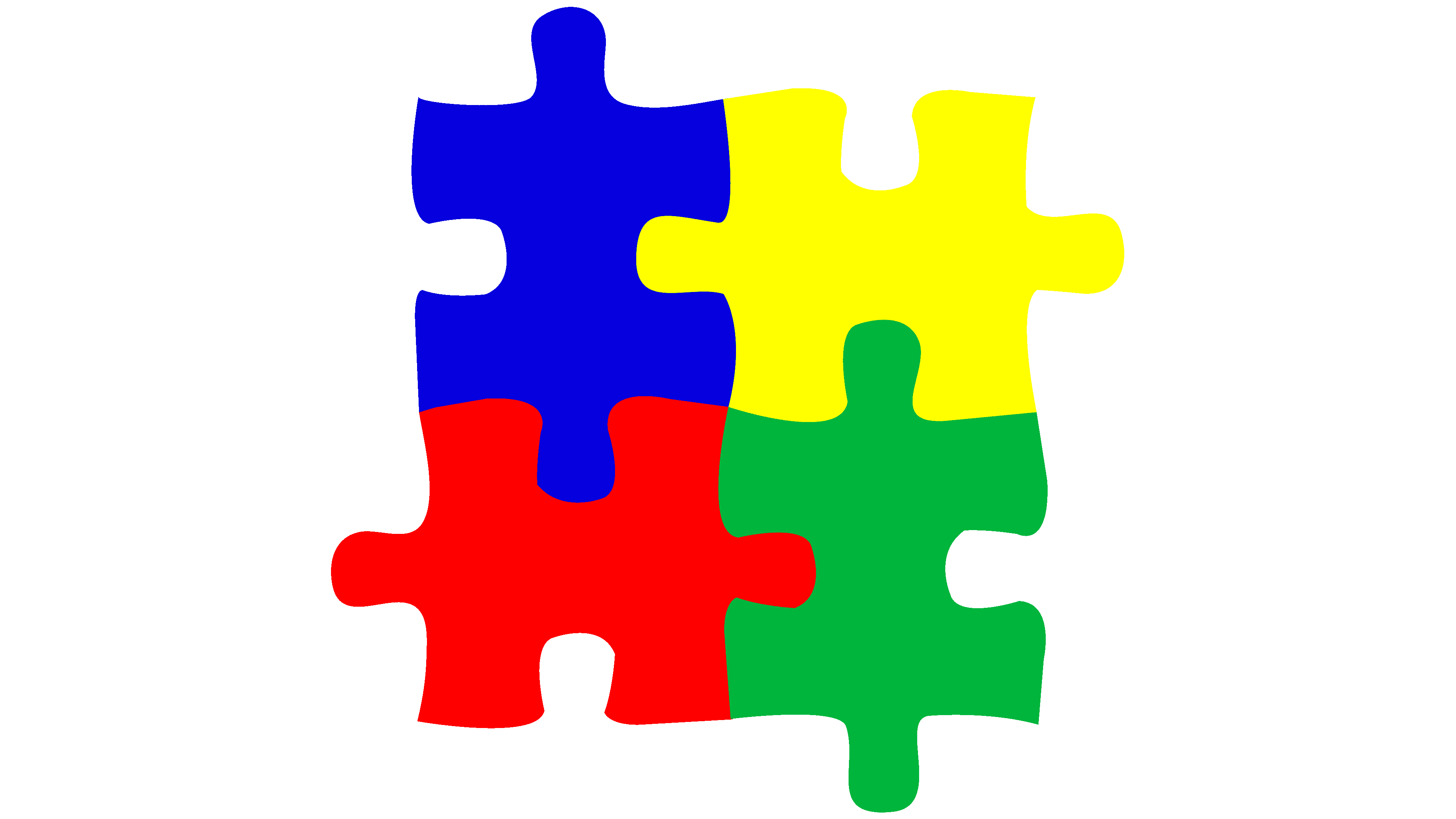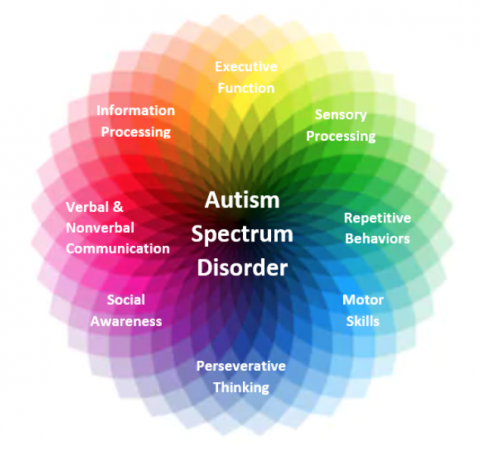Autism and Sensory Processing: Checking Out the Link and Its Results
Autism and Sensory Processing: Checking Out the Link and Its Results
Blog Article
Discovering Autism: Approaches for Reliable Interaction and Communication
Reliable interaction and communication with people on the autism range require an extensive understanding of their unique needs and preferences. Strategies such as using clear language, making use of aesthetic assistances, and promoting consistent routines can significantly boost involvement and minimize stress and anxiety. Identifying the value of non-verbal cues and shared interests leads the method for meaningful links. The intricacies of these strategies reveal more considerations that warrant exploration, specifically in exactly how they can be adjusted to diverse contexts and specific experiences. What might these adaptations resemble in practice?
Comprehending Autism Range Problem
Autism Spectrum Condition (ASD) encompasses a series of neurodevelopmental conditions identified by obstacles in social interaction, communication, and repeated habits. The term "spectrum" mirrors the diverse indications and differing levels of intensity experienced by people with ASD. While some may exhibit substantial problems, others might display high-functioning attributes, permitting higher freedom in every day life.
The beginning of ASD usually takes place in very early childhood years, with signs frequently recognizable by age two. Very early indicators may consist of postponed speech growth, limited eye contact, and troubles in recognizing social cues. Although the accurate etiology of ASD continues to be vague, research study recommends a mix of hereditary and environmental aspects plays an essential duty in its development.
Individuals with ASD frequently have special toughness, such as enhanced focus to information and phenomenal memory skills. They may have a hard time with comprehending abstract principles and taking care of adjustments to routine - autism. Consequently, treatments and assistance tailored to specific requirements are necessary for promoting interaction and social skills. Recognizing the complexity of ASD is essential for advertising recognition, approval, and effective techniques that facilitate significant communications with people on the range.

Relevance of Clear Communication
Effective communication is vital for fostering understanding and link, particularly for individuals with Autism Range Condition (ASD) Clear interaction not only facilitates social communications yet also boosts the person's ability to share their needs, emotions, and ideas. For people with ASD, the nuances of language can usually be testing; consequently, using unambiguous and simple language is important.
Additionally, clear communication helps minimize irritation and anxiety that might arise from misconceptions. When messages are conveyed in a consistent and straight fashion, individuals with ASD are better outfitted to analyze information properly, which can significantly enhance their social interaction and engagement in numerous settings.
Developing routines and utilizing visual supports can even more boost clear communication. These approaches give individuals with foreseeable frameworks that assist comprehension and retention of information. In addition, proactively being and paying attention patient during communications promotes an encouraging atmosphere where individuals with ASD feel valued and comprehended.
Inevitably, focusing on clear communication not just equips individuals with ASD but additionally promotes more significant connections with their peers, caretakers, and the wider community, paving the method for joint connections and inclusive interactions. - autism
Non-Verbal Interaction Strategies
Communication extends past words, and for people with Autism Spectrum Condition (ASD), non-verbal cues play a significant role in communications. Non-verbal interaction techniques can include faces, gestures, body movement, and eye get in touch with, every one of which offer as important parts for conveying emotions and intents.
Comprehending and analyzing these non-verbal signals can boost interactions with people with ASD. As an example, a warm smile or open pose can create an inviting ambience, encouraging involvement. Making use of visual aids-- such as photo cards or icons-- can bridge communication gaps and help share messages a lot more properly.
It is also crucial to be mindful of individual area, as people with ASD might have different convenience levels regarding proximity. Observing their reactions to physical nearness can inform ideal changes.

Developing Encouraging Settings
Creating Full Article a supportive environment is essential for fostering positive communications and improving the health of people with Autism Spectrum Problem (ASD) Such atmospheres can dramatically decrease anxiety and produce a sense of safety, allowing people to express themselves extra freely.
To accomplish this, it is vital to take into consideration sensory level of sensitivities that individuals with ASD might experience. Customizing the physical area to include soft lights, very little background noise, and comfortable seats can develop a calming environment. Furthermore, using consistent routines and clear visual schedules can aid individuals expect shifts and decrease unpredictability, further advertising convenience.
Social areas should be structured to minimize overwhelming stimuli while supplying possibilities for involvement in recommended activities. Promoting locations designated for quiet time can likewise serve as a haven during minutes of stress and anxiety. Significantly, integrating elements of selection equips people, allowing them to exercise firm in their setting.

Urging Social Interactions
Cultivating social communications amongst people with Autism Spectrum Condition (ASD) requires intentional approaches that focus on comfort and involvement. Establishing foreseeable routines can help in reducing stress and anxiety, making social setups a lot more approachable. Producing structured environments with defined obligations and roles enables people to involve without the overwhelming pressure of unstructured social dynamics.
Incorporating rate of interests and toughness into social activities can work as a driver for interaction. As an example, arranging team activities around shared pastimes or topics of attraction can help with all-natural discussions and links. Furthermore, making use of visual assistances, such as pictorial routines or social scripts, can assist in understanding social hints and assumptions.
Modeling ideal social actions is vital - autism. Peers and grownups must show efficient communication techniques, including energetic listening and turn-taking. Role-playing circumstances can also offer a risk-free area for individuals to practice these skills
Last but not least, fostering peer relationships through comprehensive methods is important. Motivating comprehensive playdates or group trips can develop opportunities for socializing in a comfortable setup. By carrying out these strategies, educators and caregivers can significantly improve social interactions for people with ASD, promoting their total social development and wellness.
Conclusion
In final thought, efficient communication and interaction approaches are necessary for supporting individuals with Autism Range Problem. Inevitably, these approaches empower people with autism to browse social landscapes, advertising their general well-being and making it possible for the advancement of long lasting connections.
Reliable interaction and communication with people on the autism spectrum necessitate a comprehensive understanding of their special requirements and choices. Clear communication not just helps with social communications but likewise enhances the individual's capacity to express their thoughts, requirements, and emotions.Cultivating social have a peek at these guys interactions among individuals with Autism Range Problem (ASD) calls for intentional strategies that focus on comfort and involvement. By executing these caregivers, teachers and methods can considerably enhance social communications for people with ASD, advertising their overall social development and well-being.
In conclusion, reliable interaction and interaction strategies are vital for sustaining people with Autism Spectrum Condition.
Report this page